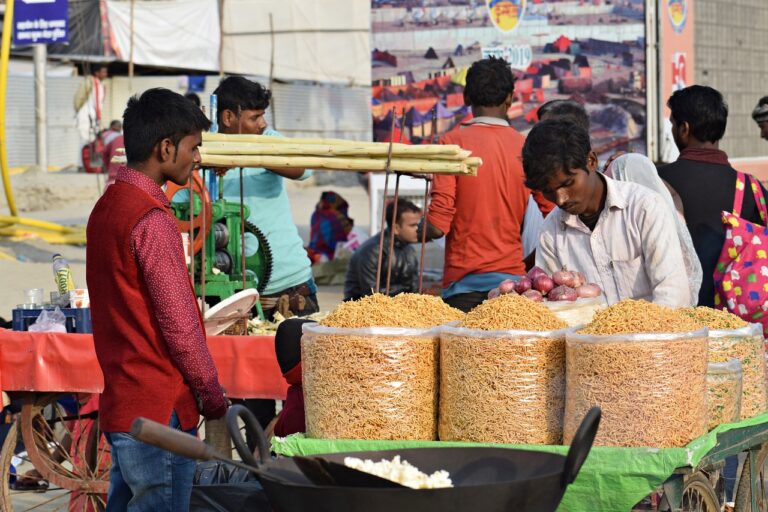Voter Rights Restoration: Addressing Barriers to Participation
As democracy rests on the foundation of citizens exercising their right to vote, the issue of voter rights restoration has garnered significant attention in recent years. Despite progress made in expanding access to the ballot box, barriers to participation still exist for many individuals. In this article, we will explore the challenges faced by disenfranchised communities and discuss potential solutions for ensuring that all eligible voters have the opportunity to cast their ballots.
The Impact of Felony Disenfranchisement
One of the most significant barriers to voter participation is felony disenfranchisement, which refers to laws that restrict individuals with felony convictions from voting. Currently, 6.1 million Americans are unable to vote due to felony disenfranchisement laws, with Black Americans disproportionately impacted. Research has shown that these laws perpetuate systemic racism and hinder the democratic process.
State-Level Efforts to Restore Voting Rights
While felony disenfranchisement remains a contentious issue at the federal level, several states have taken steps to restore voting rights to individuals with felony convictions. For example, Florida passed Amendment 4 in 2018, which restored voting rights to over a million Floridians with felony convictions. However, implementation of the amendment has faced challenges, highlighting the need for a more comprehensive approach to voter rights restoration.
Challenges Faced by Disenfranchised Communities
In addition to felony disenfranchisement, disenfranchised communities face a variety of other barriers to voting, including voter suppression tactics, lack of access to polling places, and restrictive voter ID laws. These barriers disproportionately impact communities of color, low-income individuals, and people with disabilities, further exacerbating inequities in our electoral system.
Addressing Barriers to Participation
To address the barriers to voter participation, policymakers and advocates must work together to enact reforms that expand access to the ballot box. This includes simplifying voter registration processes, increasing polling locations in underserved communities, and implementing automatic voter registration. Additionally, efforts should be made to educate voters about their rights and ensure that they are able to exercise them effectively.
Advocating for Change
Advocates for voter rights restoration play a crucial role in raising awareness about the impact of disenfranchisement and mobilizing support for reforms. By engaging with policymakers, organizing grassroots campaigns, and partnering with community organizations, advocates can work towards creating a more inclusive and equitable electoral system.
Conclusion
Ensuring that all eligible voters have the opportunity to participate in our democracy is essential for upholding the principles of equality and justice. By addressing barriers to participation, we can create a more inclusive electoral system that reflects the diversity of our nation. It is incumbent upon all of us to advocate for reforms that expand access to the ballot box and empower disenfranchised communities to exercise their right to vote.
FAQs
1. What is felony disenfranchisement?
Felony disenfranchisement refers to laws that restrict individuals with felony convictions from voting.
2. How many Americans are impacted by felony disenfranchisement?
Currently, 6.1 million Americans are unable to vote due to felony disenfranchisement laws.
3. What are some barriers to voter participation?
Barriers to voter participation include felony disenfranchisement, voter suppression tactics, lack of access to polling places, and restrictive voter ID laws.
4. How can advocates work towards voter rights restoration?
Advocates can work towards voter rights restoration by engaging with policymakers, organizing grassroots campaigns, and partnering with community organizations.







